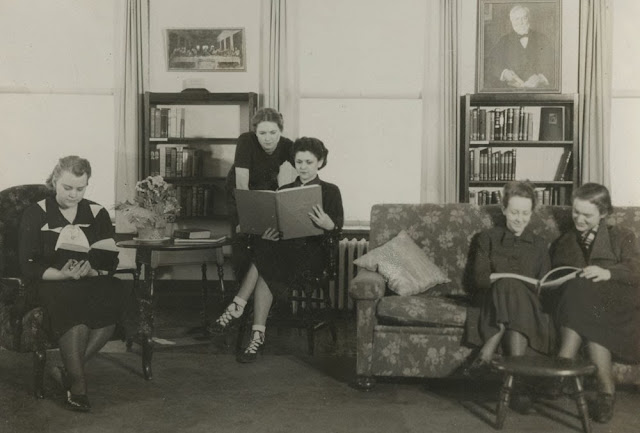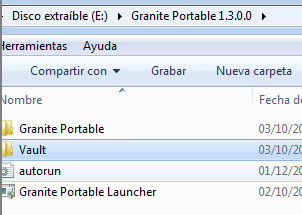
Detail from title page of Black Elk Speaks (1932)
You may have heard through other sources, such as this college press release, that the Archives and Special Collections recently acquired a very large and exciting collection of Native American literature. As we have explained on our page about the collection, it is…
…one of the most comprehensive collections of books by Native American Indian authors ever assembled by a private collector. A generous gift from Younghee Kim-Wait (AC 1982) made it possible for the library to purchase the Pablo Eisenberg Native American Literature Collection. Pablo Eisenberg devoted years of his life to collecting nearly 1,500 books written by Native American Indian authors ranging in date from 1772 (Samson Occom) to living writers still publishing today (Louise Erdrich).
I’m taking a very short break from cataloging the collection to share a couple of small gems that have passed across my desk so far. Yes, these are the proverbial drop in the bucket. Over the course of the next few months, you will be able to search the library catalog for all the items in the collection, as they will all have an access point of “Younghee Kim-Wait (Class of 1982)/Pablo Eisenberg Collection of Native American Literature.” To do this with the least amount of typing, I recommend a keyword search of the phrase “eisenberg collection”:
It’s also helpful to remember you can use the Advanced search functions for more options:
One of the “gems” cataloged so far, which was mentioned in the press release, is this copy of the Constitution and By-Laws of National Council of American Indians:
This 12 page pamphlet surprised and delighted Kiara Vigil, Assistant Professor of American Studies, who has done extensive research on its author, Gertrude Bonnin (also known as Zitkala-Sa).
Bonnin’s life and writings are central to my first book on turn-of-the-20th-century Native intellectuals. As far as I know no other archival collection, including those that have Bonnin’s personal papers, have a copy of this particular document. It may be worth noting that by 1926, Bonnin had made political contacts and reshaped Indian policy in a number of ways, as a writer for national magazines and secretary and treasurer for one of the earliest pan-tribal reform groups, the Society of American Indians. But, as the President of the National Council of American Indians, Bonnin became a representative figure of Indianness in a new and different way. In her own words, this political organization aimed “to establish Local Lodges in Indian country for self-help and study” among Indians “to use their new citizenship” so that “the Indian may become a producer and not a consumer only” in American society. –Kiara Vigil
To continue the “good things come in small packages” theme, another little book that caught my eye was published during the Exposition of 1898 in Omaha, Nebraska. Oo-mah-ha Ta-wa-tha (Omaha city) 1854-1898 by Fannie Reed Giffen is probably the first book ever to be illustrated by a Native American woman. The illustrator was Susette La Flesche Tibbles (also known as Inshta Theumba or Bright Eyes) who was better known for her eloquent oratorical skills as a native-rights advocate¹. Her sister, Susan La Flesche Picotte, was a physician, and also contributed to the book. I can’t resist the temptation of playing the “six degrees of Amherst” game by pointing out that Susette La Flesche was friends with the author Helen Hunt Jackson, who was the daughter of Amherst College professor Nathan Fiske.
Another copy of this book is freely available via the HathiTrust Digital Library.
More images of other books in the Kim-Wait/Eisenberg collection can be found on our Flickr site.
I want to also publicly thank Michelle Fredette, our Metadata Resident, for all the good work she’s putting in, helping to catalog this collection. That’s all from me for now. As you can see, I have plenty to keep me busy:
¹Wilson, Dorothy Clarke, Bright Eyes: The Story of Susette La Flesche, an Omaha Indian (McGraw-Hill, 1974).




















 your nervous system will suffer. If you talk fast, it can’t be helped. A rapid, interested talker holds the attention better than a slow, bored one. Moreover, you can always pause to let your listeners catch up with you. Also you can say the same things in more than one way. A corollary to this commandment is to summarize the gist of your talk in a concluding paragraph.
your nervous system will suffer. If you talk fast, it can’t be helped. A rapid, interested talker holds the attention better than a slow, bored one. Moreover, you can always pause to let your listeners catch up with you. Also you can say the same things in more than one way. A corollary to this commandment is to summarize the gist of your talk in a concluding paragraph.








![[Img #37290]](http://lavozdetenerife.com/upload/img/periodico/img_37290.jpg)




